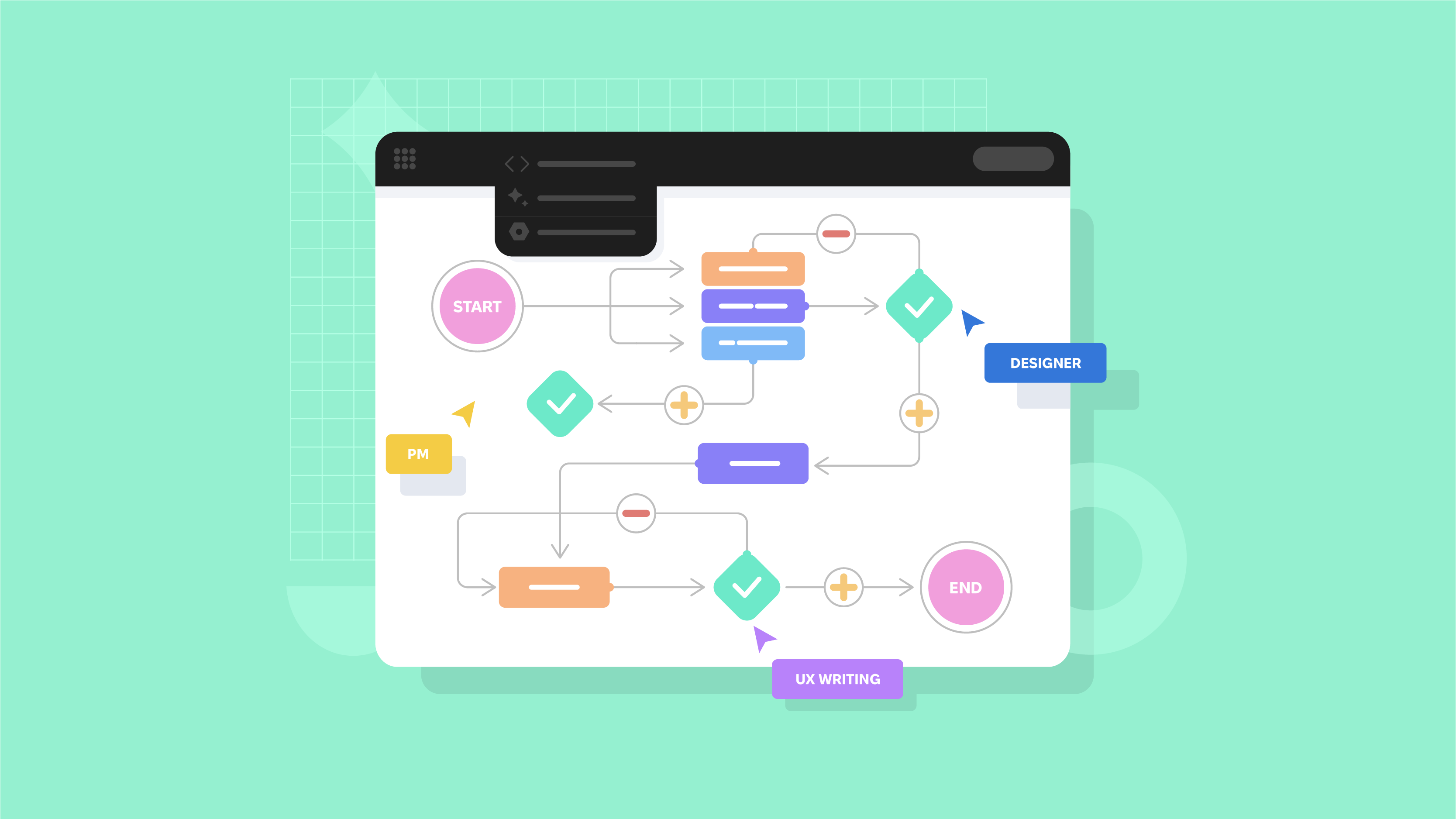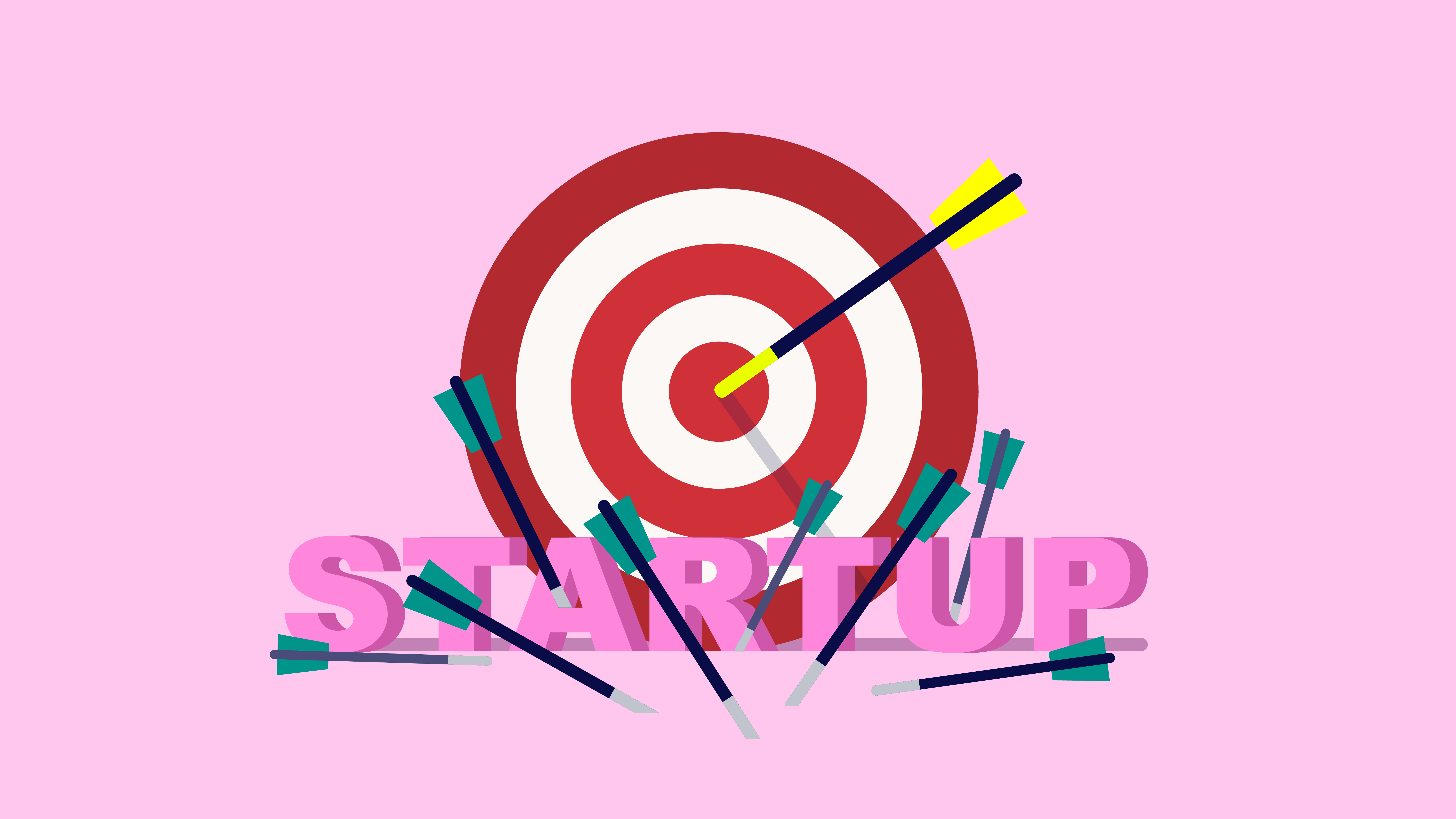Myth #1. People don’t like to scroll website pages.
Debunking: nowadays scrolling is an absolutely natural habit because it provides better usability than slicing up the information. The content above the fold is a crucial element that makes people keep reading the website page.
Myth #2. Design is a product decoration.
Debunking: the primary goal of design is to solve users’ problems, but not to make the product look pretty. It is based on understanding customer behavior. Design is about how the product works. Good design is invisible.
Myth #3. People read the content on the web attentively.
Debunking: people scroll approximately 50-60% on the web page searching for highlighted keywords and meaningful endings. They may pay attention to a particular extract if there is the very piece of information they are looking for.
Myth #4. Three-click access to all pages.
Debunking: usability tests have already challenged the three-click rule or two tap rule. The point is that people won’t leave the site or app if they don’t find the information in three clicks or taps. On the contrary, the most important thing is the ease of navigation. People wouldn’t mind making extra clicks if the site/app is simple and comprehensive.
Myth #5. Accessibility is an expensive and complex feature.
Debunking: it is not as difficult as it seems. When designing the UX, just assess the requirements of users with different devices and abilities. Accessible product is a custom-driven product, keep that in mind.
Myth #6. The design has to be unique.
Debunking: there are endless examples of designs that are used by designers worldwide for inspiration, reference, etc. The uniqueness is preferable, but it should contain standard patterns that your audience will appreciate.
Myth #7. Don’t pay attention to the details if your design is good.
Debunking: it is prohibited to avoid small details even if the design is superior. The unprocessed details may spoil the web design greatly.
Myth #8. We can use stock photos for website graphic content.
Debunking: decorative and stock photos rarely add value to the mobile apps and websites. People may get frustrated and overlook such photos because such graphic content is useless for them. Remember, the illustration is more than just an image, so spend more time on creating high-quality graphics.
Myth #9. Accessible sites can’t be visually attractive.
Debunking: a distinguishing feature of accessible sites is the separation of content (HTML) from visual appearance (CSS). Yes, there are some challenges the designers face such as scalability, font size, etc. But nothing can’t be overcome without consistent trials.
Myth #10. Bright graphics make web pages more attractive.
Debunking: flashy graphic elements may hide important information. What is more, people tend to mix graphic banners with advertisements that lead to ad-avoidance.
Myth #11. Icons boost usability.
Debunking: people usually remember the icon’s position, rather than the graphic interpretation of the function. Since you change the image on the icon, offer your users the opportunity to see the name of the function when you hover over the icon.
Myth #12. Users tend to make reasonable choices.
Debunking: users tend to choose the easiest option, but it doesn’t mean to be the most reasonable. Though you may have wonderful website content, users still choose something that catches their eyes. Besides, these choices are difficult to predict. That’s why it is necessary to conduct User Testing and Behavioral design.
Myth #13. The website redesign is necessary on a regular basis.
Debunking: we agree that the website needs changes and improvements with time, but users should perceive them smoothly. Allocate the main reasons for redesign, make proper research and get ready for diverse feedback.
Myth #14. You are just like your users.
Debunking: no, no, forget it! Things that are common to you aren’t common for your clients. Don’t rely on your gut and experience, users behave in different ways. Conduct customer research that makes your design process beneficial.
Myth #15. The more choices you give, the more users’ satisfaction you’ll receive.
Debunking: the truth is different — the more choices a website or app offers, the harder it is to understand the interface. It may even lead to choice paralysis!
Myth #16. There should be a limited number of choices.
Debunking: the rule of seven (plus or minus 2) choices works only for short-term memory. However, on the webpage, the information is visually presented, so people don’t have to memorize it. Therefore, don’t hesitate to broaden the number of choices on the menu tabs.
Myth #17. Copying the Amazon design leads to success.
Debunking: once Amazon was a role-model for eCommerce design. Nowadays, it is still one of the most successful commercial websites but this is not the reason to copy its UI/UX design features. Copying successful designs won’t improve your own.
Myth #18. Usability testing is a privilege.
Debunking: there is no need to pay for equipped labs and spend several weeks to conduct a usability test. You can make it on your own using low-tech paper prototype tests and interviewing up to 5 people.
Myth #19. There should be a limited number of choices.
Debunking: the rule of seven (plus or minus 2) choices works only for short-term memory. However, on the webpage, the information is visually presented, so people don’t have to memorize it. Therefore, don’t hesitate to broaden the number of choices on the menu tabs.
Myth #20. The homepage is a top page.
Debunking: the homepage gets less share in pageview because people are more likely to go straight to specific pages of the website.
Myth #21. People are sure about their needs.
Debunking: as UX researchers we prefer to ask clients and listen to them in order to design appropriately. However, we should admit that customers’ needs are very changeable, so you should know exactly what to ask and how to interpret the answers.
Myth #22. Aesthetics has a lower priority than usability.
Debunking: attractive aesthetics provides a positive first impression of the website. It shows that you care about your brand/product. Besides, aesthetics determine the value of the website on the user’s behalf.
Myth #23. A solid design doesn’t need content.
Debunking: for the first time, people pay attention to content and then to design. Good web design does really need content. It is an inevitable part of the UI design.
Myth #24. You think you know how people will use your product.
Debunking: we are sorry to inform you but that’s not true. The Customer Journey map helps you to avoid further misunderstanding.
Myth #25. Search is the best friend of website navigation.
Debunking: it is more natural for users to navigate through links instead of typing in search queries. People may search for trigger words or links because it is easier than coming up with the proper search expression or sentence.
Myth #26. Focus group surveys are the same as usability testing.
Debunking: these 2 research methods have different goals. Focus groups are about understanding people’s emotions whereas usability tests are about how people use the product.
Myth #27. People have analytical thinking.
Debunking: People rarely make rational decisions based on analytics. Good designers learn the nature of human decisions thoroughly to create products that will influence people’s behavior.
Myth #28. UX is just a part of the project.
Debunking: UX is a complex process, not a methodology. It covers many aspects of project development. UX doesn’t end with UIs, it goes beyond the scope.
Myth #29. UX design is about usability.
Debunking: UX design aims to provide people with a delightful experience, whereas usability helps to solve people’s problems.
Myth #30. If you’re a professional UI/UX designer, you don’t need to test your products.
Debunking: the most comprehensive analysis of the interface is a combination of usability testing and expert reviews. Just because people make unpredictable decisions, it is important to test each product.
Myth #31. White spaces on the website pages is a very bad idea.
Debunking: white space is important in web design because it allows for easy readability and scannability, prioritizes user interface elements and creates a feeling of elegance. Besides, it is essential for an effective layout.
Myth #32. Distraction is among mobile users.
Debunking: actually, distraction is everywhere. However, mobile users may be distracted by the lack of application responsiveness. Some people access various apps exclusively from their phones, therefore, web app responsiveness becomes vital. Check out the benefits of a responsive web app and make your product/application mobile and user-friendly
Myth #33. Simplicity in design is a key to minimalism.
Debunking: the sense of simplicity is overvalued. We consider visible designs to be more valuable than the minimal one. Minimalism icons are difficult to understand, minimalist menus are poor in performing. Think twice before removing something from your website or app to make it simpler.
Myth #34. Success may happen suddenly one Tuesday morning.
Debunking: unfortunately, no pain — no gain. It may take years of designing until your project turns the market upside down. Keep researching and one day you’ll break this UX myth.
Myth #35. Sometimes consistency in an application is secondary.
Debunking: each subsequent screen of an application should be a harmonious visual extension of the previous one. We mean that it’s a big mistake to use different fonts and color schemes in one style. Don’t confuse your users with different design of one particular application.
Myth #36. Users adore push-notifications.
Debunking: actually, only a small number of users may pay attention to consistent notifications. Basically, most users prefer to mute them to avoid consistent ads, irrelevant news, etc.
Myth #37. Bulky visual design entertains people.
Debunking: people may get lost among numerous pictures and icons. Make the interface simple but useful for clients. That’s the golden rule.
The list of UX design myths is impressive, isn’t it? As UI/UX designers we follow numerous sources concerning UI/UX myth to create the most custom-driven products for you. If you know some interesting myths, don’t hesitate to share them with us.











